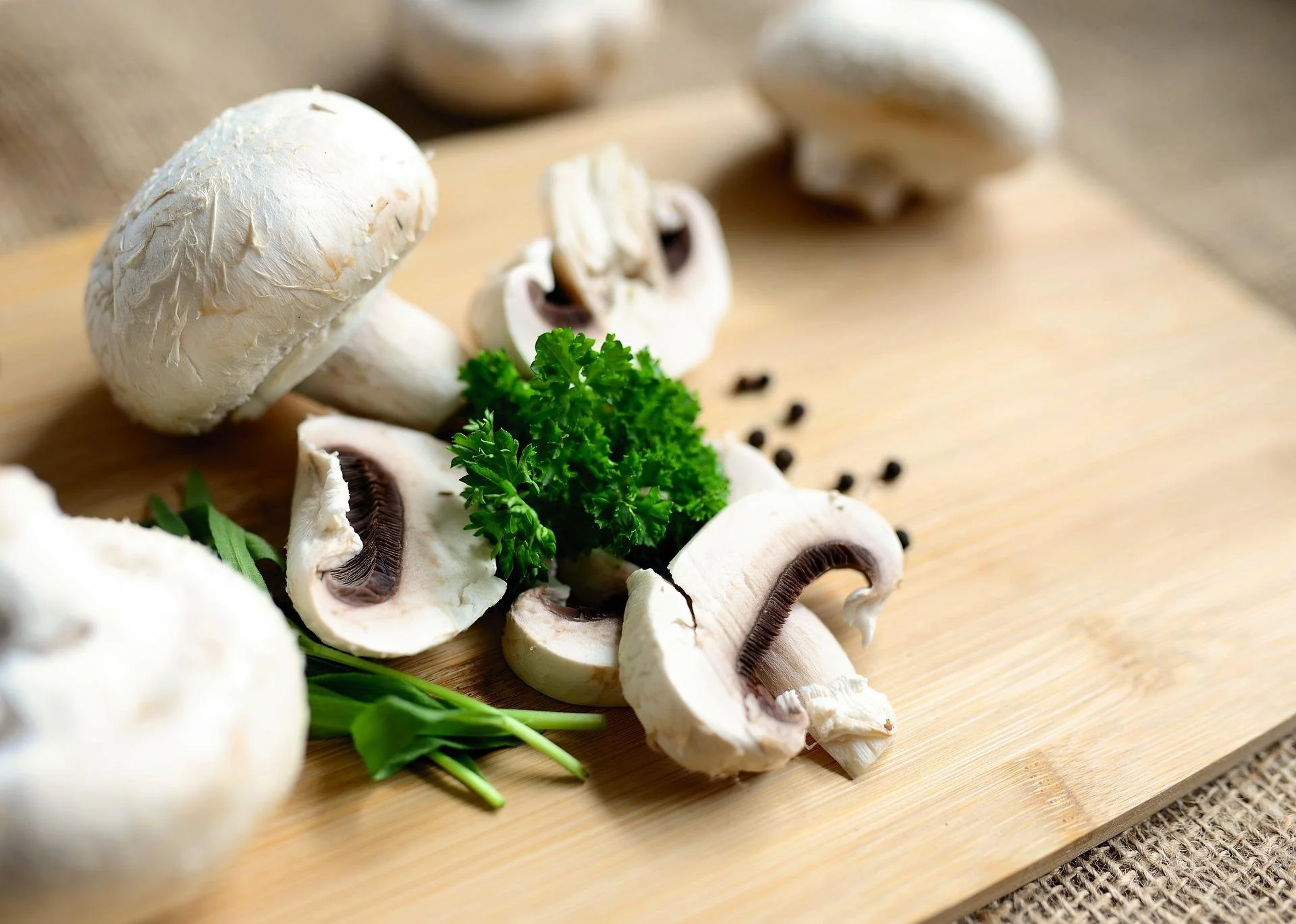What Are The Benefits Of Mushrooms?
What Are The Benefits Of Mushrooms?
Not too long ago, I questioned which food group mushrooms go in. I tend to put them in the vegetable category over any other food group.
I checked on the mushroom council website to double-check, and this is what they have to say:
“Mushrooms are fungi, which are so distinct in nature they are classified as their own kingdom – separate from plants or animals. While commonly placed in the vegetable category for dietary recommendations, mushrooms are, however, not a vegetable based on their cellular organization and composition such as chitin and ergosterol.”
Okay, so they are not a vegetable, but it is okay to categorize them as vegetables for nutrition purposes.
Mushroom Nutrition
For years, I never thought much of mushrooms. No offense to them, but they were just not something I often included in my cooking. Though if you ask my son, I had them in many meals when he was growing up (because he didn’t like them).
The “problem” was that I was using canned mushrooms and not fresh ones. Not that I eschew canned foods at all – but let’s face it, canned mushrooms are just not the same as fresh. And, of course, they are very salty.
But from a nutritional perspective, I didn’t consider the nutritional value of mushrooms.
As a plant food, they are naturally cholesterol free and have fiber – about 3 grams in one cup. That isn’t a LOT, but it certainly contributes something. And they are low in calories.
But what they are most known for is their vitamin D and selenium content.
They are one of the few food sources that naturally have a good amount of vitamin D. Vitamin D is best known for helping us absorb calcium to assist with bone health. And some evidence suggests it can help with immune health.
One of the other major nutrients is selenium – an essential mineral that is an antioxidant that can help minimize cell damage which potentially increases chronic disease risk.
Other nutrients mushrooms have include several B vitamins and potassium (it isn’t just bananas that have potassium). They are also naturally a low sodium food (which, when combined with potassium, helps reduce hypertension risk).
Bottom line: mushrooms have a unique nutrition profile.
Mushrooms Are Environmentally Friendly – aka Sustainable
Mushrooms are one of the more environmentally friendly foods; they don’t take much water (compared to other foods) and do not use much energy – they can grow without sunlight.
And here is an interesting fact: one acre can grow one million pounds of mushrooms. Can’t visualize that? That that is over seven pounds per square foot. Hint: that is a LOT of mushrooms.
How To Include More Mushrooms In Your Eating Plans
While I know of the varieties of mushrooms, I am admittedly not highly knowledgeable in the various uses based on the array (like which one is best for what dish).
I buy mushrooms: baby bellas (aka crimini), white buttons, and sometimes portabella. I am not picky; I get them and use them.
How I Use Mushrooms
Of course, I get them as a pizza topping. And, yes, I make my pizza.
I will sauté them and add them to a pasta dish. Or with a steak.
I will chop them and add them to meatloaf or other ground meat dishes.
Adding chopped mushrooms to a ground meat dish helps save money so we can use less meat – and that is environmentally friendly. Examples of other ground meat dishes include chili, taco filling, homemade meatballs, and burgers—no need to go for plant-based meat alternatives when mushrooms are a single ingredient. We can add to ground meat.
Grill them straight: portabella is a meat alternative for “burgers” or when grilling. Note they are not nutritionally equivalent to meat with not much protein or iron. But for vegetarians, they will do.
Seriously there are many ways to use mushrooms – so let’s not keep them in the dark and appreciate their use in our cooking.
For more information and recipes, check out the Mushroom Council Website. This is not a sponsored post.

